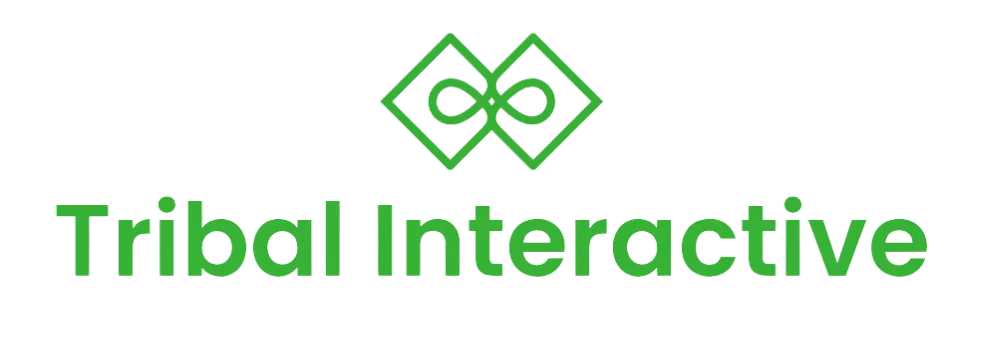How to Provide Conscious Feedback: A Leadership Model for Success
Feedback is one of the most powerful tools a leader can use to foster growth, improve performance, and align their teams. But giving feedback effectively is an art. It requires empathy, structure, and an approach that ensures both the individual and the organization benefit. In this blog post, we'll explore a Conscious Feedback Model for leaders, designed to help you deliver feedback that not only addresses immediate challenges but also promotes long-term growth and collaboration.
This model is drawn from principles of conscious leadership, practical business strategies, Gracie Jiu-Jitsu teachings, and esoteric practices, offering a holistic approach to driving alignment and continuous improvement.
The Conscious Feedback Model for Leaders
Feedback is not just a tool for correction—it's an opportunity for growth and empowerment. Here's how you can approach feedback consciously and constructively:
1. Begin with Presence: Mind, Heart, and Gut
Before providing feedback, ground yourself by connecting your mind, heart, and gut. This means mentally focusing on the facts, emotionally recognizing the feelings and contributions of your team member, and trusting your instincts to guide the conversation.
Mind: Be clear on the purpose of the feedback, the project goals, and the role of the individual.
Heart: Approach the conversation with empathy, acknowledging the hard work and stress your team member may be feeling.
Gut: Trust your intuition to guide the conversation, especially when addressing unspoken concerns.
Tip: Take a deep breath before the conversation, and reflect on how to best support the team member while ensuring the project remains on track.
2. Acknowledge the Team Member
Always start by recognizing the effort and dedication of the individual. Acknowledging their specific contributions sets a positive tone, reduces defensiveness, and builds trust.
Focus on Specific Contributions: Highlight examples of what the team member has done well, ensuring your acknowledgment is genuine.
Validate Their Perspective: Show understanding of their point of view, even if you don’t fully agree, to foster mutual respect.
Example: "I’ve reviewed your design, and I can see the creativity and detail you’ve put into it. Your dedication to delivering a high-quality product is clear."
3. Review the Values and Goals of the Project
Before diving into specific feedback, revisit the shared values and goals of the project. This helps to frame the feedback within a larger context, ensuring that it’s seen as constructive and goal-oriented rather than a personal critique.
Align Feedback with Core Values: Connect your feedback to the organization’s values, such as collaboration, efficiency, or user experience.
Clarify Project Goals: Use the project’s objectives to explain why feedback is necessary and how it contributes to improving the project.
Example: "One of our main goals is to create a user-friendly experience, especially for new users. How do you feel this design aligns with that goal? Are there areas that could be simplified?"
4. Stay Open, Curious, and Emotionally Regulated
Approach feedback with curiosity and openness, not judgment. Keep yourself emotionally centered, just like a jiujitsu instructor before guiding a student. By doing so, you create a safe space for conversation, reducing defensiveness and encouraging collaboration.
Example: "I can see the effort you’ve put into this design. Let’s explore how it aligns with our goals for simplicity and ease of use."
5. Empower Your Team Through Questions and Ownership
Encourage team members to take ownership by asking thoughtful, reflective questions. This approach empowers them to lead the problem-solving process and fosters engagement and accountability.
Ask Reflective Questions: Guide the team member to consider challenges and propose solutions on their own, which increases ownership of the feedback process.
Open-Ended Questions: Ask questions that encourage the team member to reflect on their work and how it aligns with project goals.
Example: "What challenges do you see if we continue with the current complexity of the design? How do you think we can simplify it without losing the core elements you’ve developed?"
Example: "How do you think we could simplify the design without losing the important elements you’ve worked so hard to create?"
6. [Optional] Provide Structured, Fact-Based Feedback
If you believe a team member is not adequately addressing key objectives, provide feedback based on facts. When delivering this feedback, concentrate on observations rather than interpretations or assumptions. Keep it factual and link your comments to the business impact and goals to ensure that the conversation remains objective and constructive.
Focus on Observations, Not Interpretations: Share specific examples of what you’ve observed rather than jumping to conclusions.
Connect to Business Impact: Explain how the observations affect the project timeline, team, or user experience.
Example: "I’ve noticed that the design is more complex than we initially planned, which might make it harder for users to navigate. This complexity could slow down user adoption and delay our project timeline."
7. End with Positive Reinforcement and a Clear Path Forward
Conclude the conversation on a positive note. Reinforce the team member’s value to the project and provide a clear path forward with actionable next steps.
Example: "You’ve done great work so far, and I’m confident that with a little extra help, we’ll meet our goals and deliver a product you can be proud of. Let’s bring in some additional designers to streamline the process together."
Real-World Scenario: Applying the Conscious Feedback Model
Let’s see how this model applies in a real-world scenario.
Scenario:
You are the Director of Product at a software company. Your senior lead designer has developed a user interface that is overly complex and difficult to navigate. Given the tight timeline for delivery, you need to address this issue and suggest bringing in additional designers to help. However, the lead designer is resistant to collaboration, insisting they need more time to refine the design on their own.
Step-by-Step Application:
Presence:
Before engaging with the designer, reflect on their contributions and prepare to listen with empathy. Understand that their resistance may come from a place of wanting to protect their work.
Acknowledge:
Start the conversation by acknowledging their creativity and hard work.
“I’ve reviewed your design, and the level of creativity and attention to detail is impressive. I can see how dedicated you are to this project.”
Review Goals:
Revisit the project’s goals to frame the feedback.
“One of our key goals is to make the interface simple and intuitive for new users. How do you feel the design aligns with this goal?”
Stay Curious:
Ask open-ended questions to invite their perspective.
“What challenges do you think we might face if we continue with the current complexity?”
Empower:
Encourage ownership of the solution through reflective questions.
“How can we simplify the design while keeping the key elements you’ve developed?”
[Optional] Provide Fact-Based Feedback:
Share observations and connect them to the project’s impact if key objectives are not being met.
“I’ve noticed that the design is more complex than we originally planned, and this might make it harder for users to navigate, potentially slowing down adoption.”
End with Positivity and a Path Forward:
Reinforce the designer’s value and outline the next steps.
“You’ve done excellent work so far, and I’m confident that with a little help, we’ll meet our goals and deliver something you and the team can be proud of. Let’s bring in the additional designers and move forward together.”
Conclusion: A Holistic Approach to Feedback
The Conscious Feedback Model empowers leaders to provide feedback that fosters growth, collaboration, and continuous improvement. By being present, acknowledging effort, aligning with shared goals, and encouraging ownership, leaders can turn feedback into a powerful tool for individual and organizational success.
Feedback isn’t just about correcting mistakes—it’s about creating a culture of learning, accountability, and shared success.
If you’re looking to strengthen your team and elevate your leadership skills, consider adopting the principles of conscious feedback and empowering your team through open dialogue and collaboration. Schedule a free 15-minute Discovery Call to explore how our customized coaching and consulting services can help you foster a culture of ownership, accountability, and growth. By engaging in thoughtful reflection, asking the right questions, and setting clear objectives, you can create an environment where feedback drives success and trust is the foundation of your leadership.








